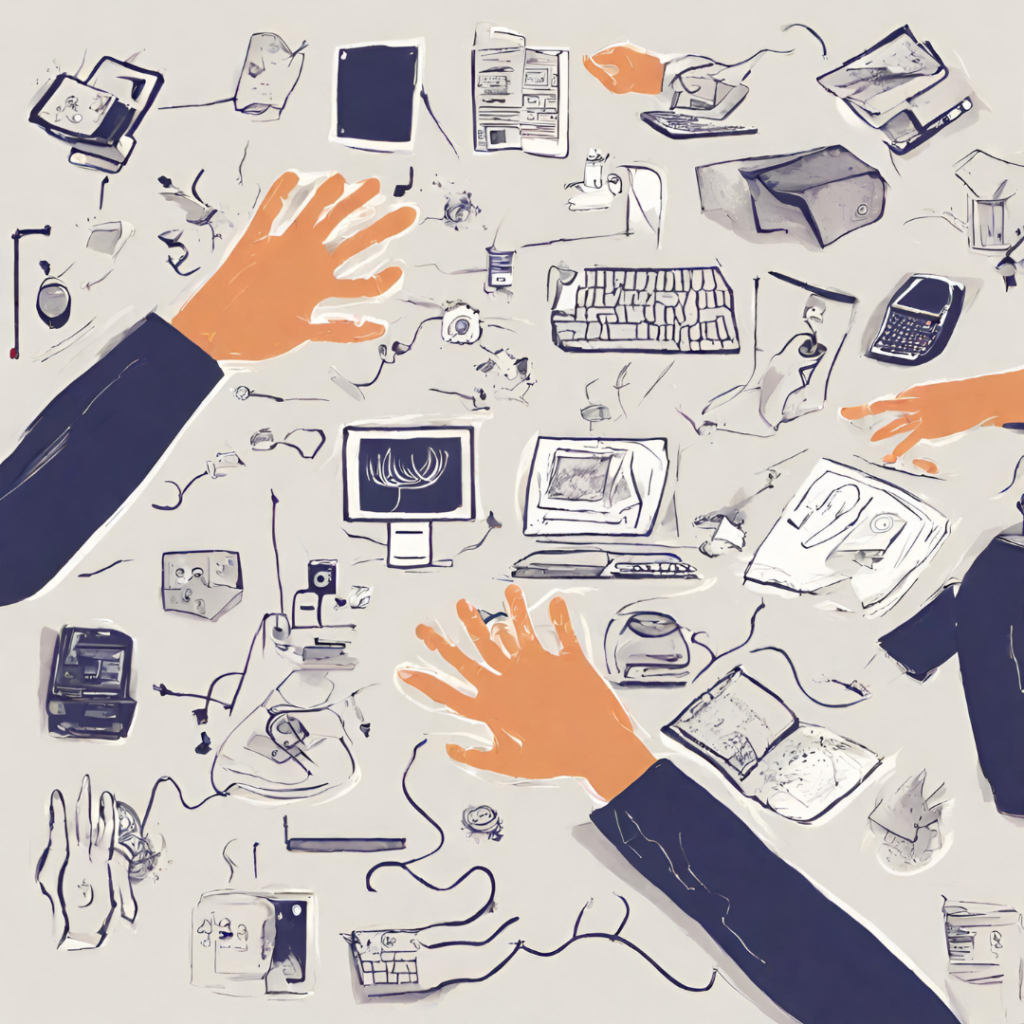
In today’s rapidly digitizing world, screens dominate the learning landscape. Yet, amidst the pixels and binary codes, tactile or kinesthetic learning—the art of ‘doing’ and ‘feeling’—retains its unique charm and effectiveness. As we migrate to a digital era, how can tactile learners ensure they don’t get left behind? This article explores the fusion of hands-on techniques with modern learning avenues.
Understanding Tactile Learning: A Recap
Tactile or kinesthetic learners thrive when they can touch, move, and interact with their learning materials. Traditional classrooms catered to these learners with lab experiments, physical models, and field trips. However, with the influx of online courses and digital resources, tactile learners often feel out of sync.
Challenges Faced by Tactile Learners in a Digital World
- Overwhelming Screen Time: Continuous screen interaction can lead to digital fatigue, reducing retention and engagement.
- Limited Physical Interaction: Digital platforms, by design, restrict movement, challenging the natural instincts of tactile learners.
- Distractions: The digital realm, with its myriad notifications and tabs, can be a minefield of distractions.
Bridging the Gap: Modern Techniques for Tactile Learners
Thankfully, the evolution of technology has also brought forth tools and techniques that enable tactile learning in a digital context.
1. Interactive Digital Simulations:
Platforms like PhET or Labster simulate real-world experiments, allowing learners to ‘interact’ with variables and see outcomes. These platforms, while digital, cater to the ‘doing’ instinct of tactile learners.
2. Augmented and Virtual Reality (AR/VR):
AR and VR tools, like Google Cardboard or Oculus Rift, immerse learners in 3D environments. Be it a historical site tour or a deep dive into the human anatomy, these tools offer a tactile-esque experience.

3. Physical Activity Breaks:
Interspersing online learning sessions with physical activities—like quick exercises or even just walking—can significantly enhance engagement and retention.
4. DIY Experiments:
For topics that can be replicated in the real world, tactile learners can complement digital sessions with DIY experiments at home.
5. Use of Tactile Accessories:
Tech accessories, like stylus pens for tablets, can enable tactile learners to ‘write’ or ‘draw’, preserving the hands-on experience.
Enhancing Tactile Learning with Apps and Platforms
Several apps and platforms cater explicitly to the kinesthetic sensibilities:
- Kahoot! This platform makes learning interactive with quizzes where learners tap or click in real-time.
- Duolingo: Learning languages becomes tactile with its hands-on exercises and gamified approach.
- Trello: For organizational learning, dragging and dropping cards on Trello can be a tactile-friendly method.
The Role of Gamification in Tactile Learning
Games, by nature, demand interaction. Gamified learning platforms cater exceptionally well to tactile learners:
- Minecraft: Education Edition lets learners build and interact in a virtual world.
- Osmo blends physical pieces with a digital landscape, allowing tactile interaction.

Collaboration: The Tactile Learner’s Digital Ally
Tactile learners often benefit from collaboration. Digital tools can facilitate this:
- Google Workspace: Allows for real-time collaboration, where learners can actively engage with shared documents or slides.
- Padlet: An interactive board where learners can post, move, and categorize notes.
Enhancing Digital Spaces for Tactile Learning
Even purely digital environments can be optimized for tactile learning:
- Interactive Note-taking: Platforms like OneNote allow for free-hand drawing and note-taking.
- Digital Whiteboards: Tools like Ziteboard or Jamboard enable active participation, allowing tactile learners to ‘draw’ or ‘write’ their thoughts.
The Future of Tactile Learning in Digital Spaces
With advancements in technology, the horizon looks promising for tactile learners:
- Haptic Feedback Technology: Devices that replicate the sense of touch are on the rise, offering a tactile experience in digital interactions.
- Interactive 3D Printing: This could allow tactile learners to print models or tools, bridging the digital-tactile divide.
Conclusion
Tactile learning in a digital age is not an oxymoron. It’s an evolving paradigm, where traditional hands-on methods are being innovatively integrated into digital platforms. The key lies in recognizing the strength of tactile learning and pairing it with the right tools and techniques. By embracing this fusion, tactile learners can ensure they not only keep pace with the digital shift but also harness it to enhance their unique learning style. The tactile essence, combined with the vastness of digital resources, promises a dynamic and enriching learning journey for the modern learner.

